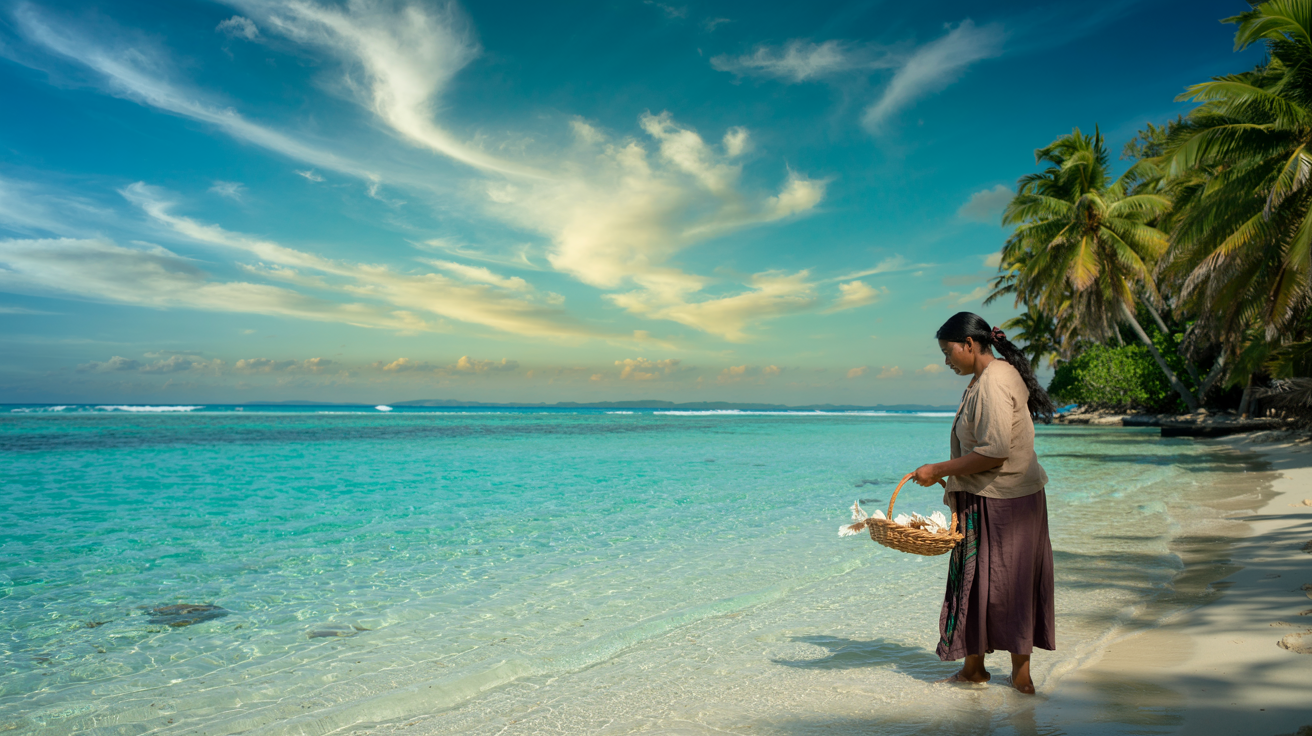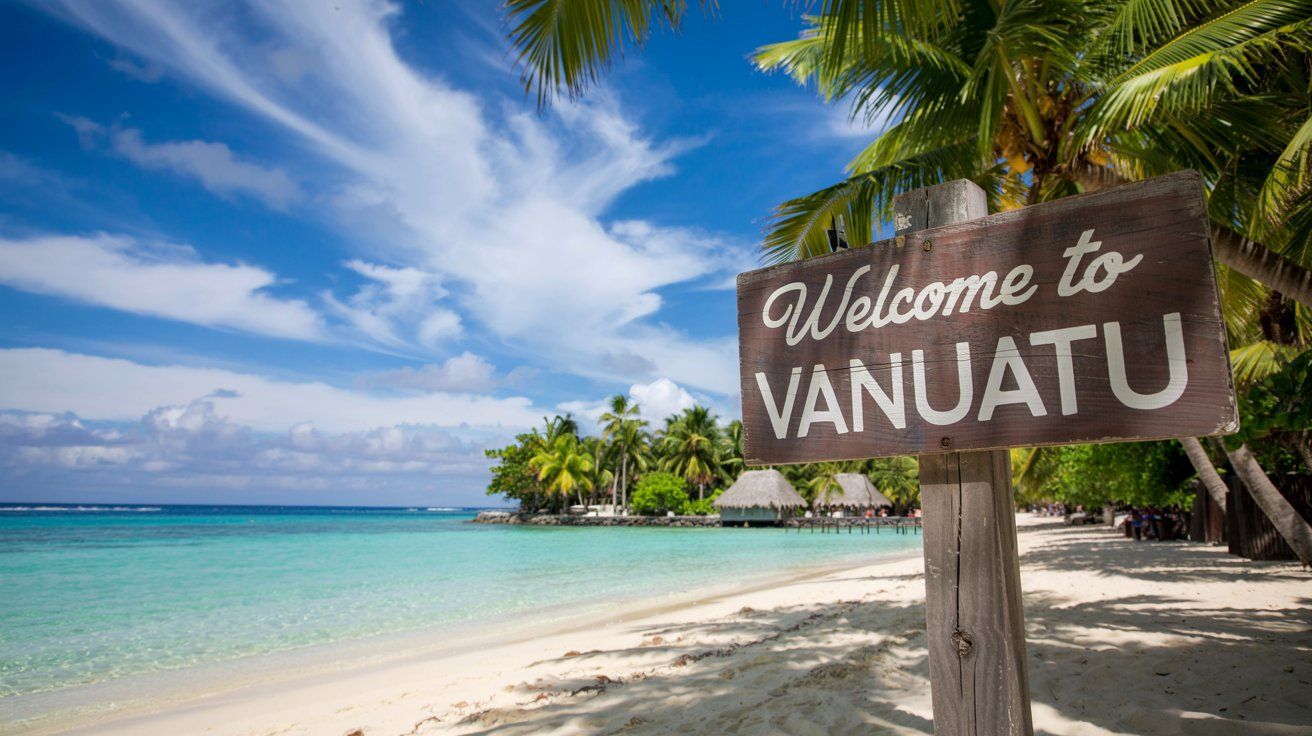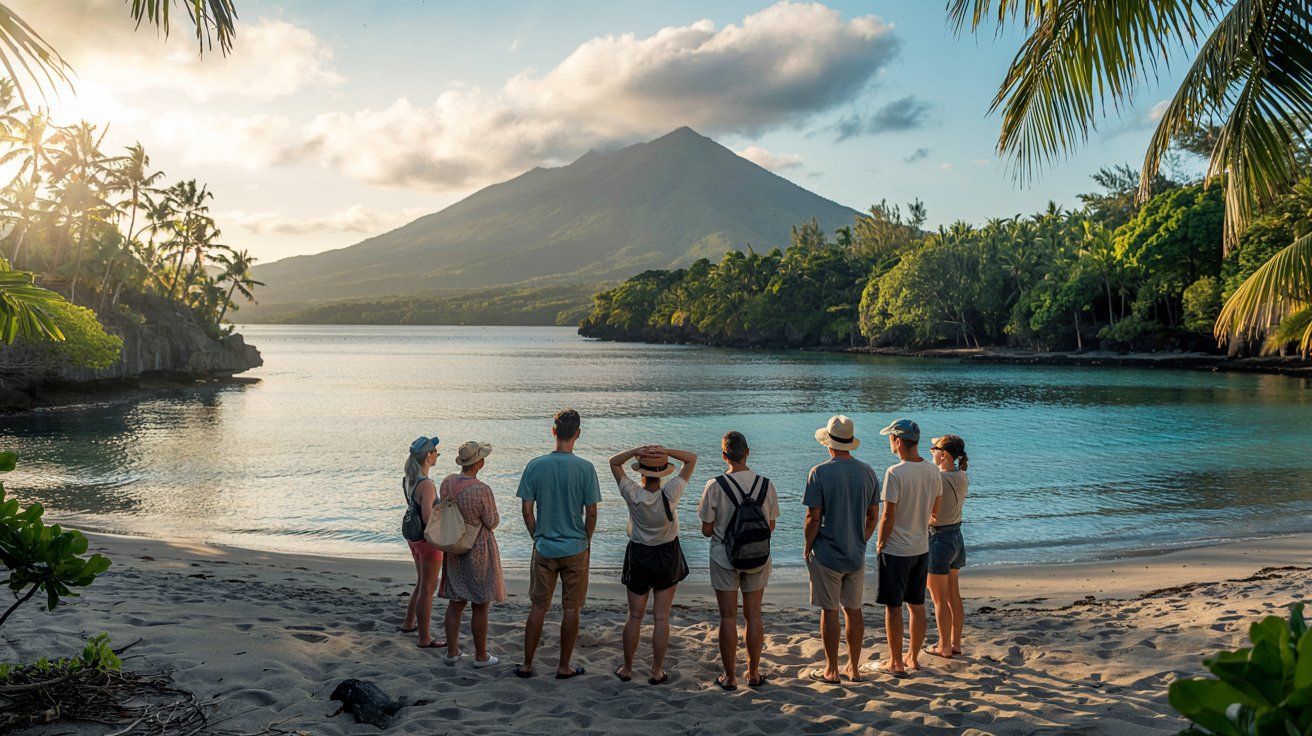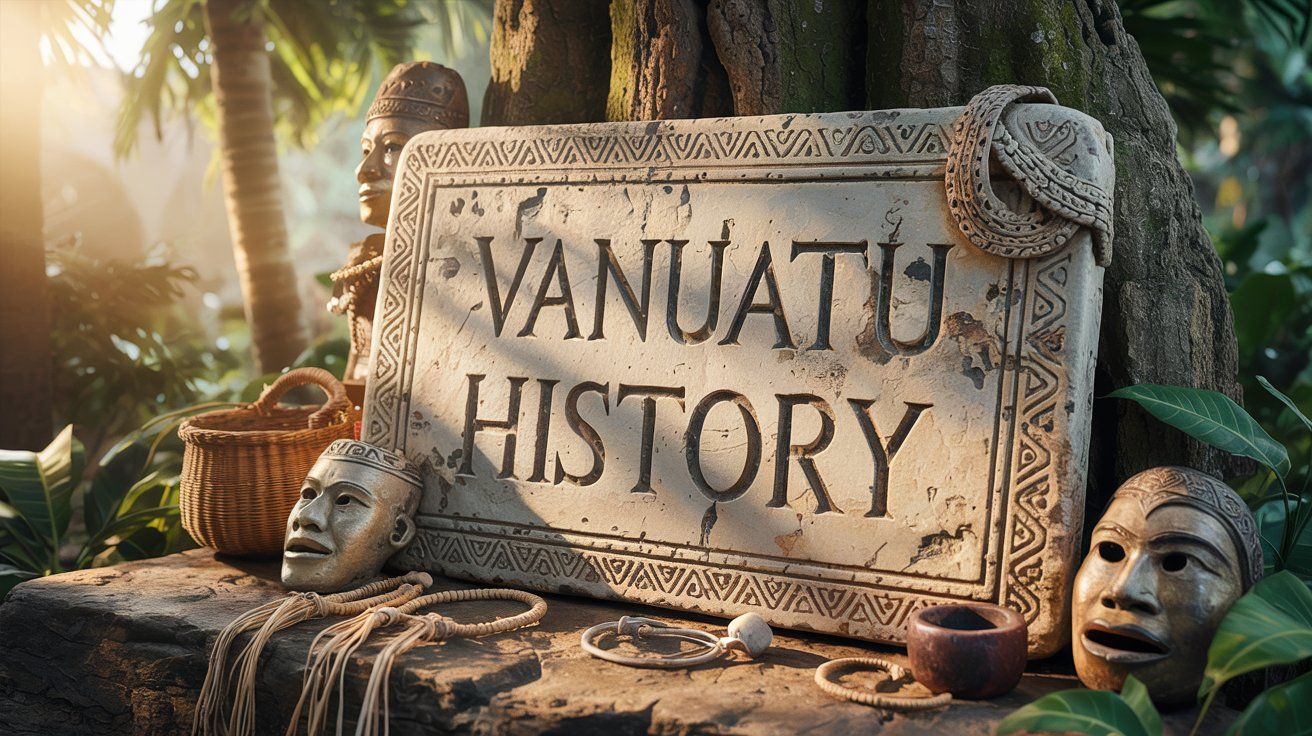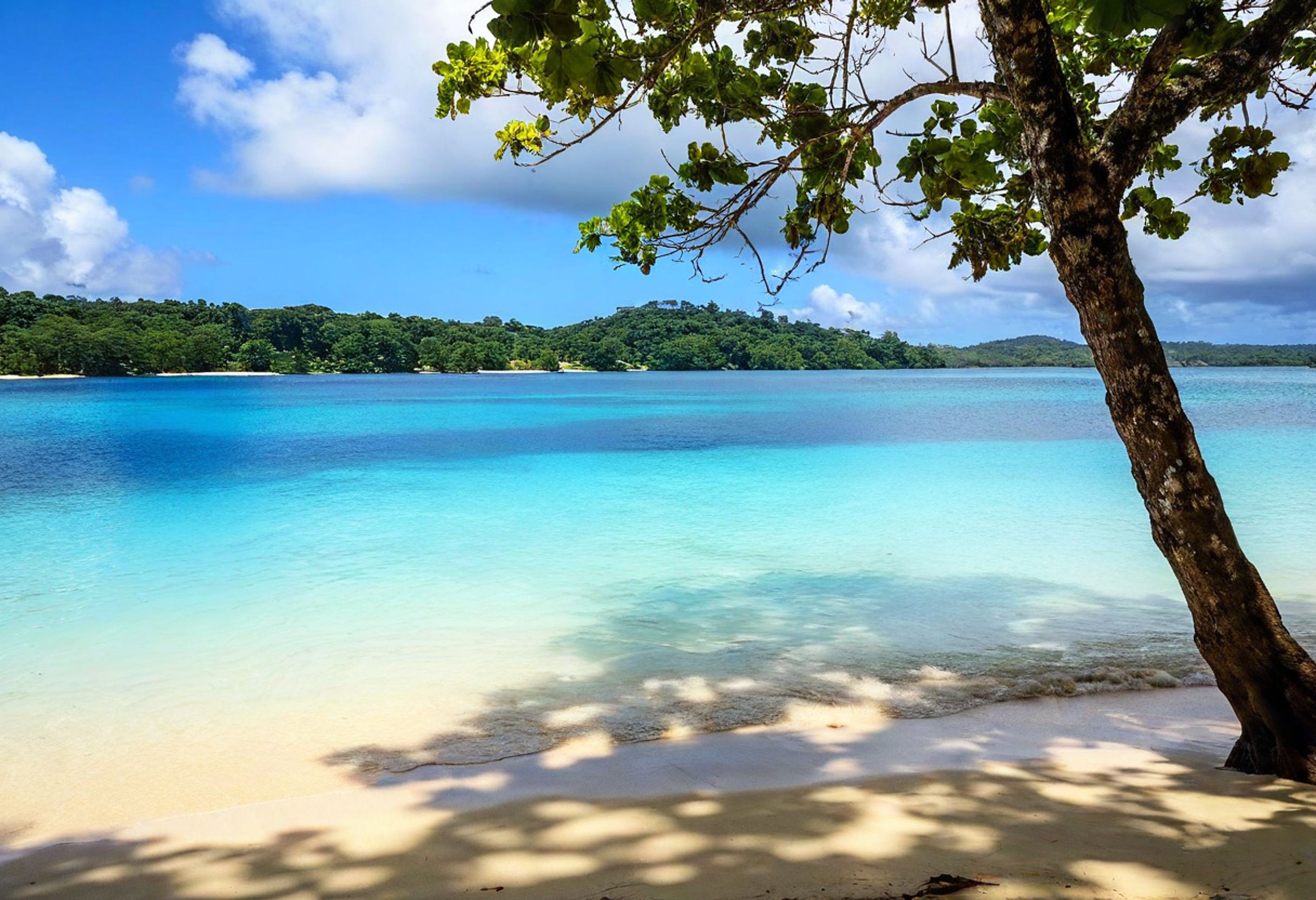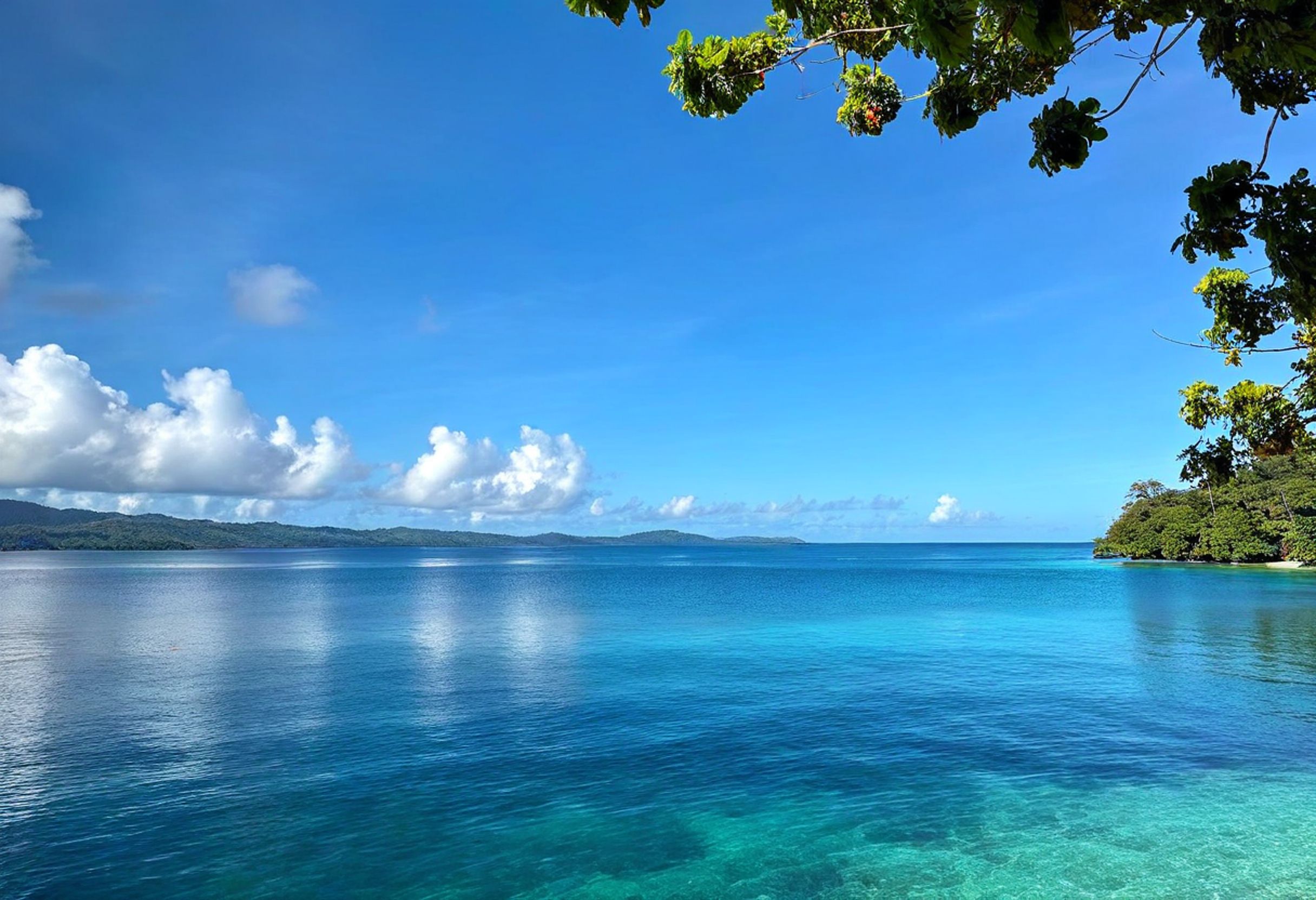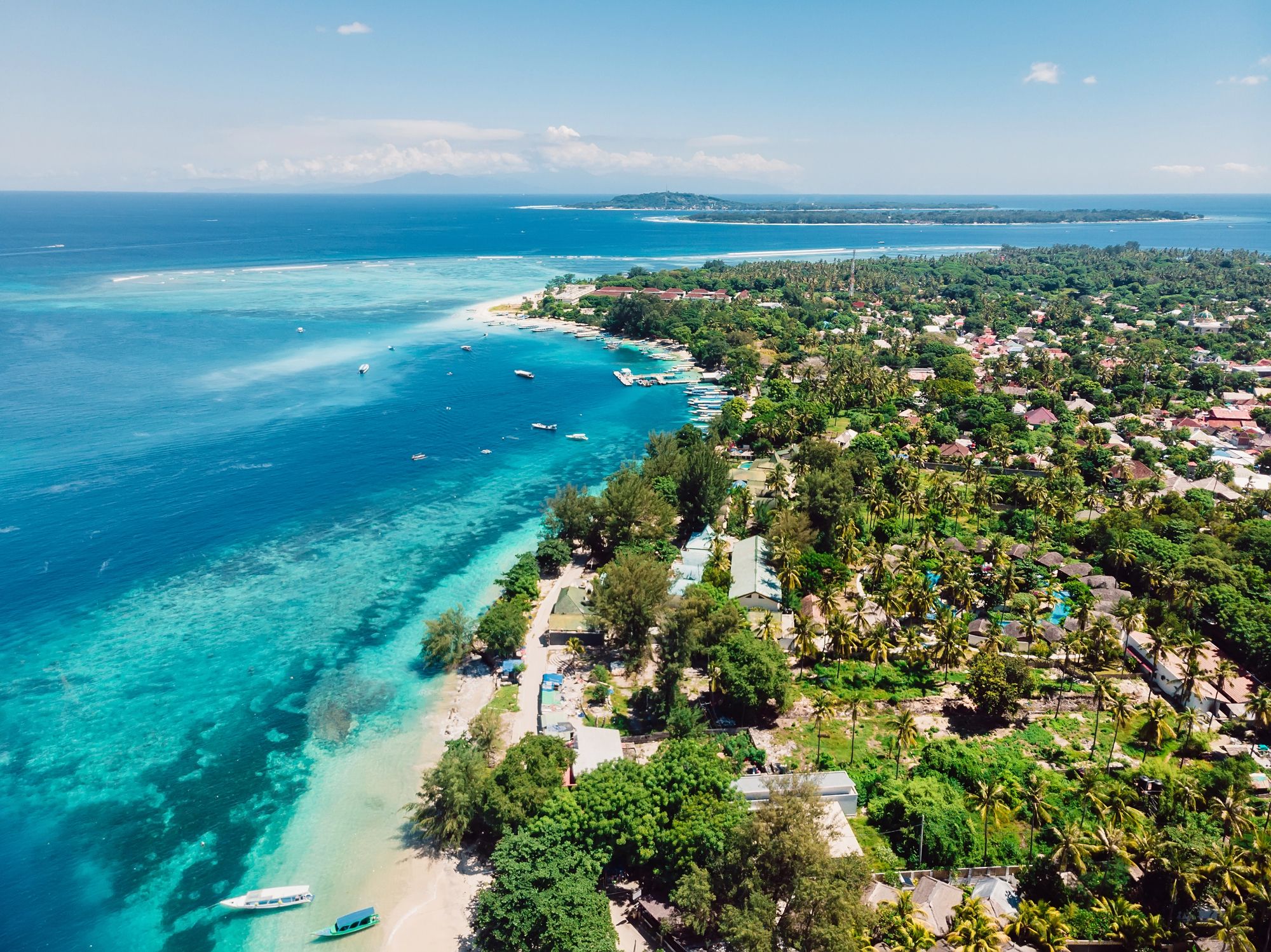The ongoing debate over reopening parts of the Papahānaumokuākea Marine National Monument to commercial fishing has sparked a clash between economic interests and environmental protection in Hawaii.
Established and later expanded to safeguard fragile marine ecosystems and culturally significant sites, this vast protected area is now at the center of a proposal led by the Western Pacific Regional Fishery Management Council (Wespac).
From overwater bungalows to beachfront resorts, find your perfect stay in this island nation of more than 80 islands. Instant booking with best price guarantee!
Browse Accommodations Now
Proponents argue that carefully controlled fishing could support Hawaii’s longline industry, while opponents warn that such a move threatens decades of conservation gains and Indigenous cultural rights.
What is the Papahānaumokuākea Marine National Monument?
The Papahānaumokuākea Marine National Monument is one of the largest marine conservation areas in the world, covering an astounding 582,000 square miles of ocean.
Expanded in 2016 under President Obama, it protects rare coral reefs, endangered marine species, and sacred Native Hawaiian sites.
The area is recognized not only for its biodiversity but also for its deep cultural significance.
Ecological Importance
This pristine marine habitat serves as a refuge for species found nowhere else on Earth.
From threatened seabirds to unique coral formations, the monument offers a living laboratory that scientists deem irreplaceable.
Mounting evidence shows that such protected zones are crucial for replenishing fish stocks and building climate resilience in ocean ecosystems.
The Proposal to Reopen Protected Waters
The Western Pacific Regional Fishery Management Council is advocating for partial reopening of the monument’s waters to commercial fishing.
The council’s rationale hinges on helping Hawaii’s longline fishing industry manage tight quotas and offset high operating costs.
Sustainable Fishing Argument
Wespac claims that advances in modern fishing techniques and satellite monitoring could ensure sustainable harvests without harming marine ecosystems.
This includes the use of selective gear to reduce bycatch and real-time tracking systems to ensure compliance.
- Economic Relief: Opening parts of the monument could alleviate financial pressures on local fishers.
- Controlled Access: Limited fishing zones could allow harvests while maintaining conservation goals.
- Technology-Based Oversight: Real-time data could help prevent overfishing.
Opposition from Environmental and Cultural Advocates
Environmental organizations, Indigenous leaders, and marine scientists strongly reject the proposed changes.
They argue that removing protections sets a dangerous precedent, not only for Hawaii but for all U.S. marine monuments.
Concerns Over Cultural and Ecological Impact
For Native Hawaiians, the monument is more than an ecological sanctuary—it is a sacred space woven into ancestral identity.
Any industrial intrusion is viewed as disrespectful to traditional values.
Scientists stress that once protections are weakened, the ecosystem could suffer irreversible harm.
- Loss of Conservation Gains: Years of preservation efforts could be undone.
- Threat to Endangered Species: Increased fishing activity elevates risks to fragile populations.
- Cultural Disruption: Sacred sites may face industrial encroachment.
The Larger Implications
The Biden administration has yet to take a stance on this contentious issue, but whatever decision emerges will likely shape future policy on marine conservation nationwide.
Approval could embolden other efforts to scale back protections in similarly designated areas, potentially weakening global trust in U.S. stewardship of marine resources.
Balancing Industry and Conservation
This debate underscores a relentless challenge in ocean governance—balancing economic activity against the need to preserve biodiversity and respect Indigenous rights.
What This Means for the Pacific and Vanuatu
Across the Pacific, coastal nations such as Vanuatu face similar challenges. Vanuatu’s pristine reefs and thriving marine life are vital both for local sustenance and tourism.
They require careful management to withstand industrial pressures. The Hawaiian case serves as a cautionary tale: once protections are relaxed, recovery becomes uncertain.
By learning from Hawaii’s ongoing debate, Vanuatu can reaffirm the value of safeguarding its marine resources. Whether through community-led fishing zones or marine protected areas, keeping the balance between economic needs and long-term sustainability ensures the nation’s oceans remain a source of pride for generations.
Here is the source article for this story: Wespac moves toward reopening Pacific monument to commercial fishing
Find available hotels and vacation homes instantly. No fees, best rates guaranteed!
Check Availability Now

